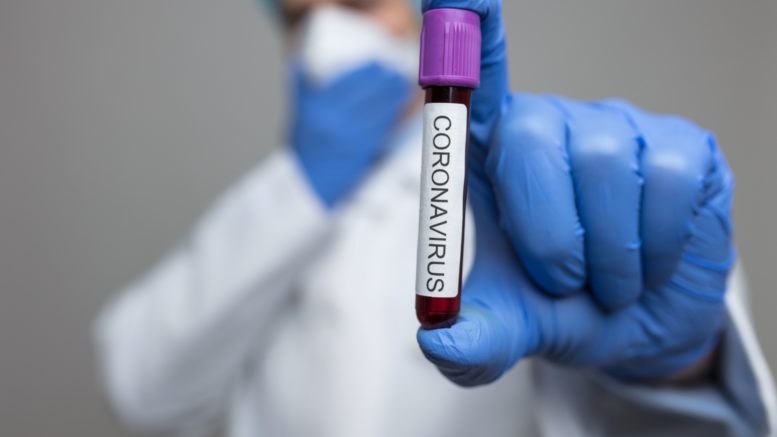Trials evaluating treatments for COVID-19 often use the time to a positive outcome as a key end point. In the presence of death as a competing risk, commonly used survival analysis techniques may not be appropriate. Using examples from two recent trials of treatments for COVID-19, authors from Harvard University discuss issues with the current practice and present alternative, more clinically interpretable approaches.
As McCaw, et al. (2020) observe, "Clinical trials of treatments for coronavirus disease 2019 (COVID-19) draw intense public attention. More than ever, valid, transparent, and intuitive summaries of the treatment effects, including efficacy and harm, are needed. In recently published and ongoing randomized comparative trials evaluating treatments for COVID-19, time to a positive outcome, such as recovery or improvement, has repeatedly been used as either the primary or key secondary end point. Because patients may die before recovery or improvement, data analysis of this end point faces a competing risk problem. Commonly used survival analysis techniques, such as the Kaplan–Meier method, often are not appropriate for such situations. Moreover, almost all trials have quantified treatment effects by using the hazard ratio, which is difficult to interpret for a positive event, especially in the presence of competing risks. Using two recent trials evaluating treatments (remdesivir and convalescent plasma) for COVID-19 as examples, a valid, well-established yet underused procedure is presented for estimating the cumulative recovery or improvement rate curve across the study period. Furthermore, an intuitive and clinically interpretable summary of treatment efficacy based on this curve is also proposed. Clinical investigators are encouraged to consider applying these methods for quantifying treatment effects in future studies of COVID-19."
The researchers add, "Several recent randomized, comparative trials of treatments for coronavirus disease 2019 (COVID-19) used time to a positive outcome, such as improvement or recovery, as either the primary end point or a key secondary end point. The Supplement Table (in Part A of the Supplement) provides detailed descriptions of the end points, efficacy measures, and analysis results from several recently published studies of COVID-19. This article discusses the issues and challenges that commonly arise in the analysis of such trials, and using examples from two trials, presents well-established yet underused analytic procedures that provide robust and clinically interpretable summaries of treatment efficacy."
Reference: McCaw ZR, et al. How to Quantify and Interpret Treatment Effects in Comparative Clinical Studies of COVID-19. Ann Intern Med. July 7, 2020. https://doi.org/10.7326/M20-4044

Be the first to comment on "Quantifying and Interpreting Treatment Effects in COVID-19 Studies"